Experimental Campaign to Verify the Suitability of Ultrasound Testing Method for Steel Fiber Reinforced Concrete Fortification Structures
Abstract
1. Introduction
2. Numerical Simulation of Experimental Measurements
2.1. Computational Model
2.2. Simulation Results
3. Experiment Setup
4. Verification of Changes in Material Properties of Loaded Specimens by Ultrasound Direct Pass Method
4.1. Specimen A2_1 Made from SFRC
4.2. Specimen A2_2 Made from SFRC
4.3. Specimen A2_3 Made from SFRC
4.4. Evaluation of Differences in the Results of Ultrasound Wave Velocity Measurement, Batch of Specimens A2_1 to A2_3
5. Destructive Determination of the Residual Strength of Specimens in a Laboratory for Extrusion
5.1. Batch of Specimens A2 Made from SFRC
5.2. Evaluation of the Results of Measuring the Residual Strength of the Batch of Specimens A2_1 to A2_3
6. Discussion
7. Conclusions
Author Contributions
Funding
Acknowledgments
Conflicts of Interest
References
- Maňas, P. The Protection of Critical Infrastructure Objects—Technical Principles. In Durability of Critical Infrastructure, Monitoring and Testing; Springer: Singapore, 2017; pp. 239–248. [Google Scholar]
- Leitner, B.; Dvořák, Z. Special Railway Crane PKP 25/20i-Dynamics Loads and a Fatigue Life Prediction of its Load-Bearing Structure. In Proceedings of the 17th International Conference on Transport Means 2013, Kaunas, Lithuania, 24–25 October 2013; pp. 262–265. [Google Scholar]
- Kaplan, V.; Školoud, M. Evaluation of the Technical State of Construction Structures. Procedia Eng. 2016, 134, 394–401. [Google Scholar] [CrossRef][Green Version]
- Epasto, G.; Distefano, F.; Mozafari, H.; Linul, E.; Crupi, V. Nondestructive Evaluation of Aluminium Foam Panels Subjected to Impact Loading. Appl. Sci. 2021, 11, 1148. [Google Scholar] [CrossRef]
- Zezulová, E.; Hasilová, K.; Komárková, T.; Stoniš, P.; Štoller, J.; Anton, O. NDT Methods Suitable for Evaluation the Condition of Military Fortification Construction in the Field. Appl. Sci. 2020, 10, 8161. [Google Scholar] [CrossRef]
- Brandt, A.M. Fibre reinforced cement-based (FRC) composites after over 40 years of development in building and civil engineering. Compos. Struct. 2008, 86, 3–9. [Google Scholar] [CrossRef]
- Bartoš, J.M.P. Fibre Reinforced Concrete. Beton: Technologie, Konstrukce, Sanace; Czech Concrete Society: Praha, Czech, 2012; Volume 2012, pp. 69–77. ISSN 1213-3116. Available online: https://www.betontks.cz/sites/default/files/2012-7-68.pdf (accessed on 21 August 2021).
- Sherkar, P.; Whittaker, A.S.; Aref, A.J. Modeling the Effects of Detonations of High Explosives to Inform Blast-Resistant Design; Technical Report MCEER-10-0009; University at Buffalo, State University of New York: Buffalo, NY, USA, 2010. [Google Scholar]
- Puryear, J.M.H.; Stevens, D.J.; Marchand, K.A.; Williamson, E.B.; Crane, C.K. ALE Modeling of Explosive Detonation on or near Reinforced-Concrete Columns. In Proceedings of the 12th International LS-DYNA Users Conference, Detroit, MI, USA, 3–5 June 2012; pp. 1–11. [Google Scholar]
- LS-DYNA Keyword User’s Manual, Volume I, 05/06/21 (r:13750); Livermore Software Technology Corporation: Livermore, CA, USA, 2021.
- LS-DYNA Keyword User’s Manual, Volume II Material models, 04/30/21 (r:13740); Livermore Software Technology Corporation (LSTC): Livermore, CA, USA, 2021.
- Schwer, L. The Winfrith Concrete Model: Beauty or Beast? Insights into the Winfrith Concrete Model. In Proceedings of the 8th European LS-DYNA Users Conference, Strasbourg, France, 23–24 May 2011; Livermore Technology Software Corporation: Livermore, CA, USA, 2011. [Google Scholar]
- Schwer, L. Modelin Rebar: The Forgottern Sister in Reinforced Concrete Modeling. In Proceedings of the 13th International LS-DYNA Conference, Detroit, MI, USA, 8–10 June 2014; LSTC: Wien, Austria, 2014. [Google Scholar]
- LS-DYNA, Theory Manual; Livemore Software Technology Corporation: Livemore, CA, USA, 2015.
- Key Engineering Materials. Key Eng. Mater. 2009, 594–595, 433–438. [CrossRef]
- Lian, C.; Zhuge, Y.; Beecham, S. The relationship between porosity and strength for porous concrete. Constr. Build. Mater. 2011, 25, 4294–4298. [Google Scholar] [CrossRef]
- Xu, H.; Wen, H. A computational constitutive model for concrete subjected to dynamic loadings. Int. J. Impact Eng. 2016, 91, 116–125. [Google Scholar] [CrossRef]
- Herrmann, W.A. Constitutive Equation for the Dynamic Compaction of Ductile Porous Materials. J. Appl. Phys. 1969, 40, 2490–2499. [Google Scholar] [CrossRef]
- Czech Technical Standard 73 1371 Ultrasound Pulse Method of Concrete Testing; ÚNM Publishing: Prague, Czech Republic, 1982.
- Liu, D.; Šavija, B.; Smith, G.E.; Flewitt, P.; Lowe, T.; Schlangen, E. Towards understanding the influence of porosity on mechanical and fracture behaviour of quasi-brittle materials: Experiments and modelling. Int. J. Fract. 2017, 205, 57–72. [Google Scholar] [CrossRef] [PubMed]
- Ridengaoqier, E.; Hatanaka, S. Prediction of porosity of pervious concrete based on its dynamic elastic modulus. Results Mater. 2021, 10, 100192. [Google Scholar] [CrossRef]
- Alam, A.; Haselbach, L. Estimating the Modulus of Elasticity of Pervious Concrete Based on Porosity. Adv. Civ. Eng. Mater. 2014, 3, 256–269. [Google Scholar] [CrossRef]
- Zezulová, E.; Hejmal, Z.; Stoniš, P.; Komárková, T.; Holub, J. The Exponential Probe Measurement Using the Direct Ultra-Sonic Pass-Through Method. In Proceedings of the 2021 International Conference on Military Technologies (ICMT), Brno, Czech Republic, 8–11 June 2021; IEEE: Brno, Czech Republic, 2021; Volume 2021, pp. 8–23, ISBN 978-1-6654-3724-0. [Google Scholar]
- Zezulová, E.; Kroupa, L. On Diagnostics of Military Fortification Constructions. In Proceedings of the Challenges to National Defence in Contemporary Geopolitical Situation (CNDCGS’2020), Vilnius, Lithuania, 14–16 October 2020; General Jonas Žemaitis Military Academy of Lithuania: Vilnius, Lithuania, 2020; Volume 2, pp. 32–42, ISSN 2669-2023. [Google Scholar]
- Zhang, J.-T. Analysis of Variance for Functional Data; CRC Press: Boca Raton, FL, USA, 2013. [Google Scholar]
- Horová, I.; Koláček, J.; Zelinka, J. Kernel Smoothing in Matlab: Theory and Practice of Kernel Smoothing; World Scientific: Singapore, 2012. [Google Scholar]
- Hayfield, T.; Racine, J.S. Nonparametric Econometrics: The np Package. J. Stat. Softw. 2008, 27, 1–32. Available online: www.jstatsoft.org/v27/i05/ (accessed on 26 January 2021). [CrossRef]
- Cuevas, A.; Febrero-Bande, M.; Fraiman, R. An anova test for functional data. Comput. Stat. Data Anal. 2004, 47, 111–122. [Google Scholar] [CrossRef]
- Wilcox, R.R. Introduction to Robust Estimation and Hypothesis Testing, 4th ed.; Academic Press: Cambridge, MA, USA, 2017. [Google Scholar]


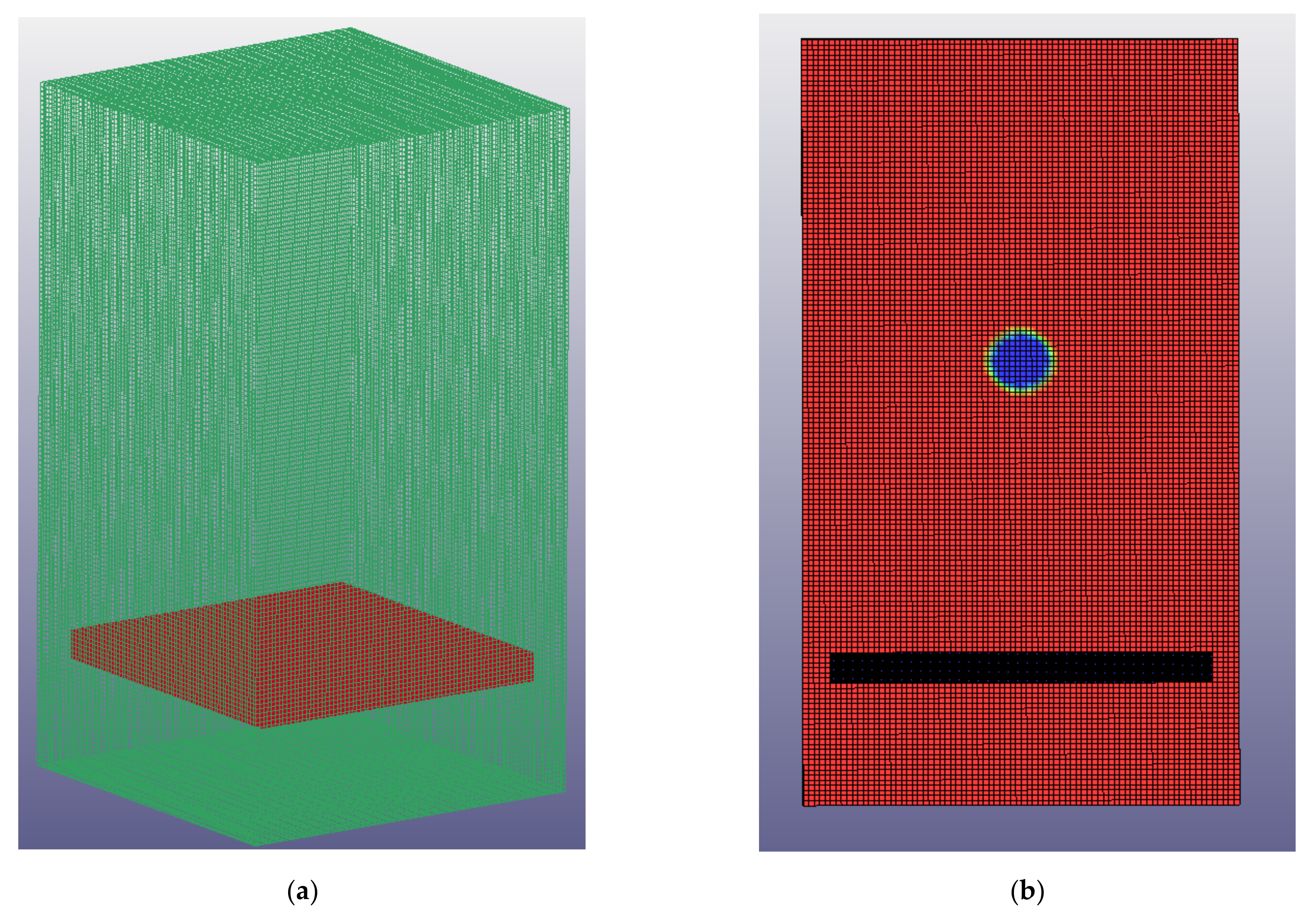

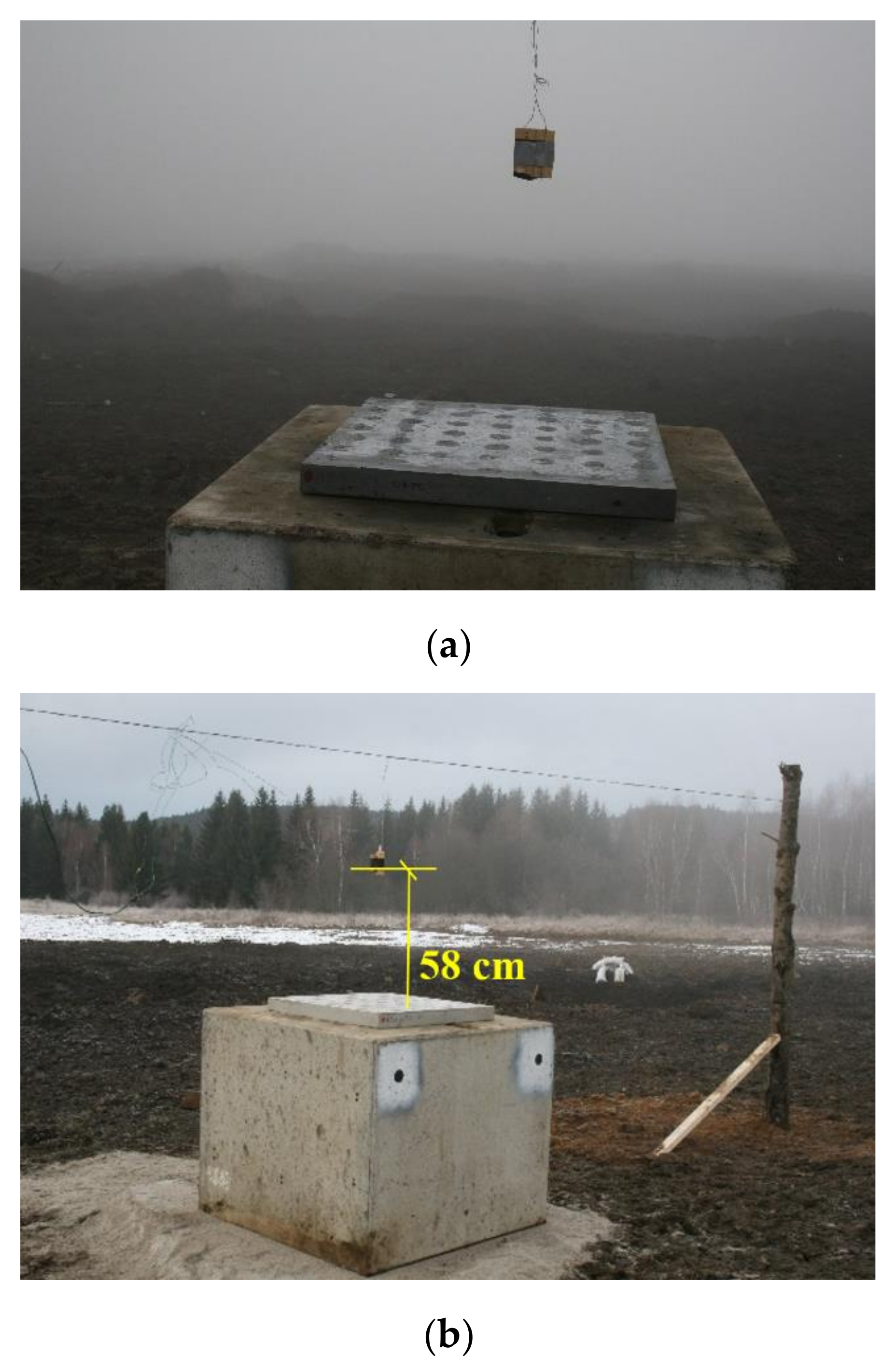
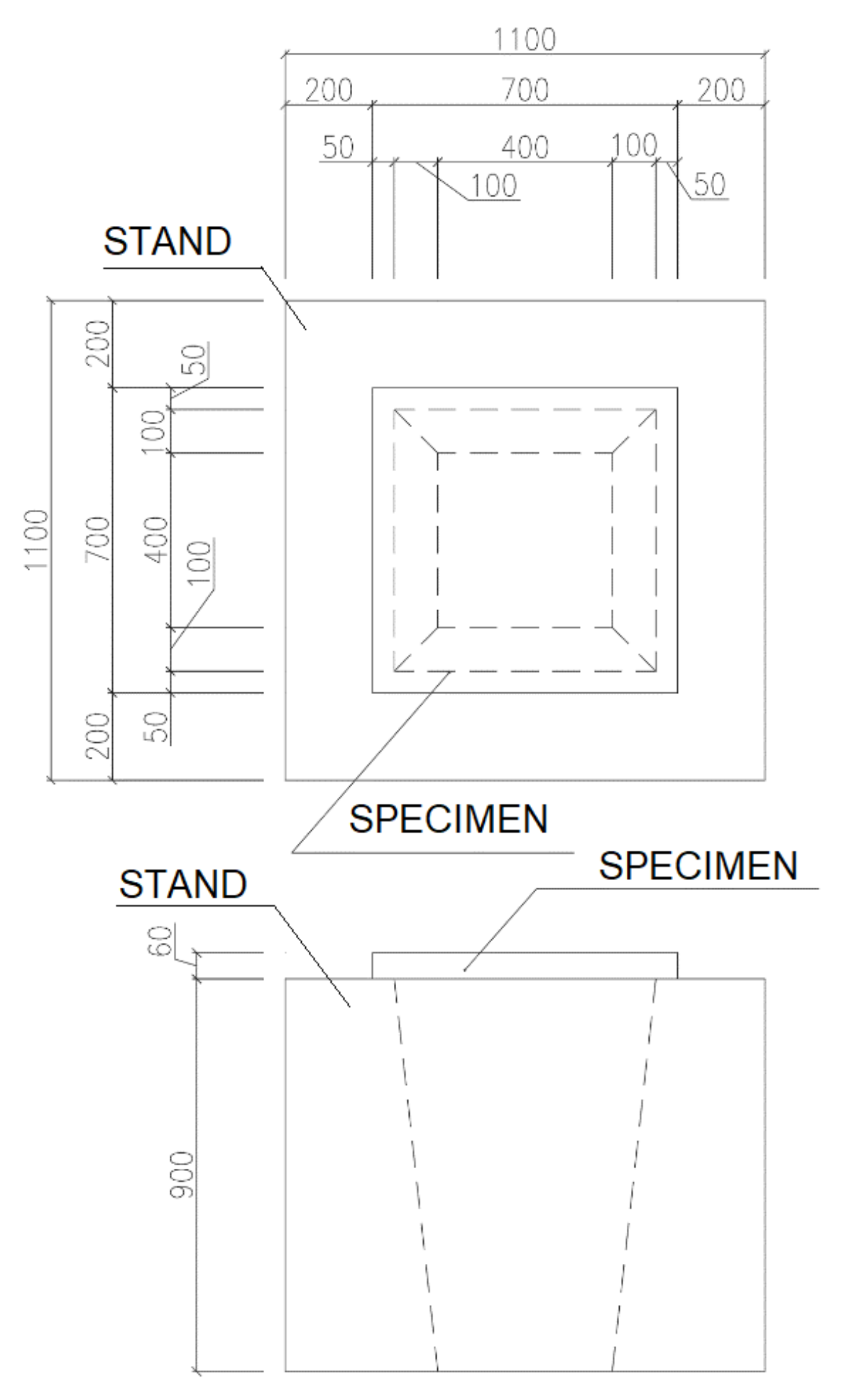
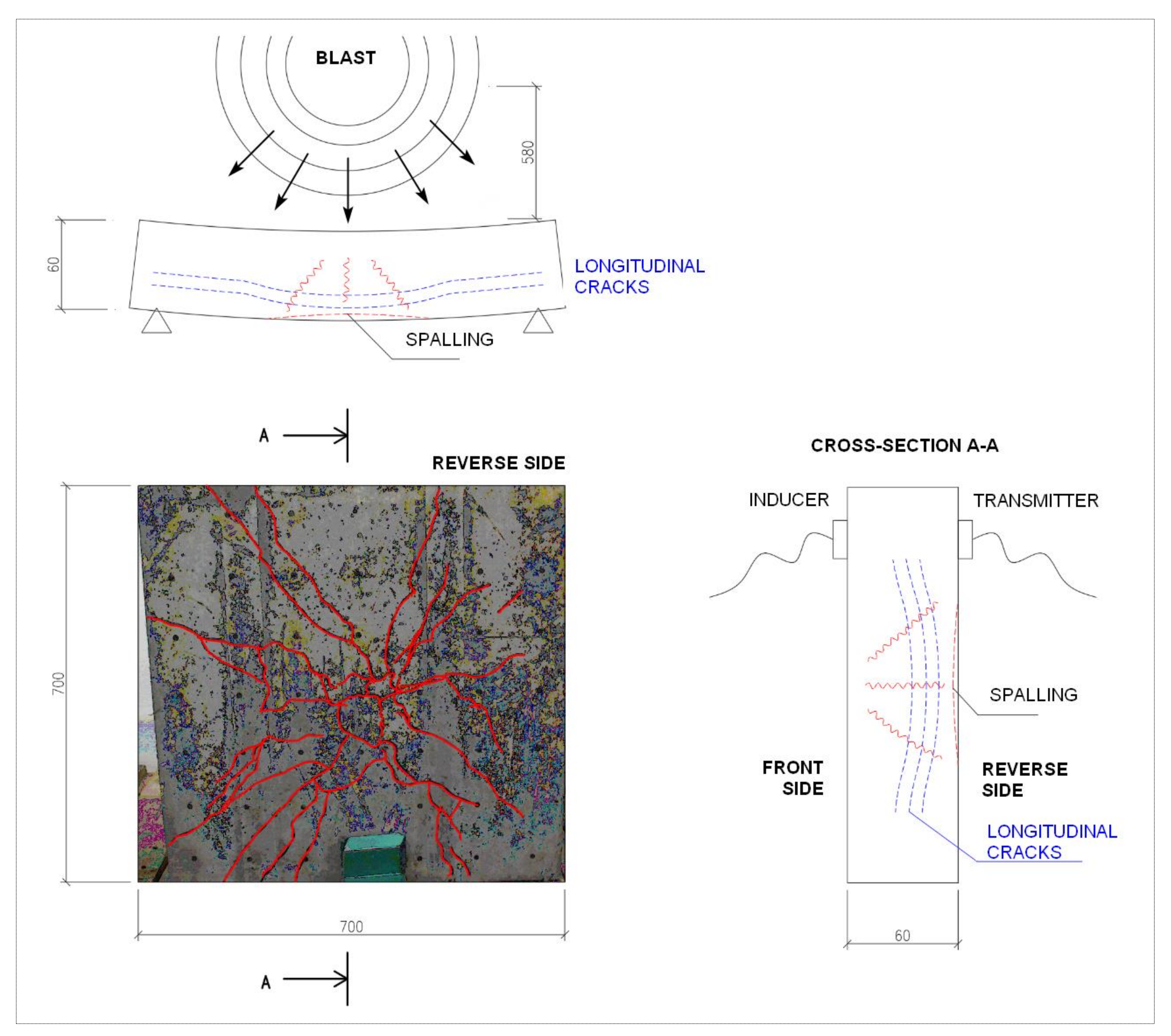
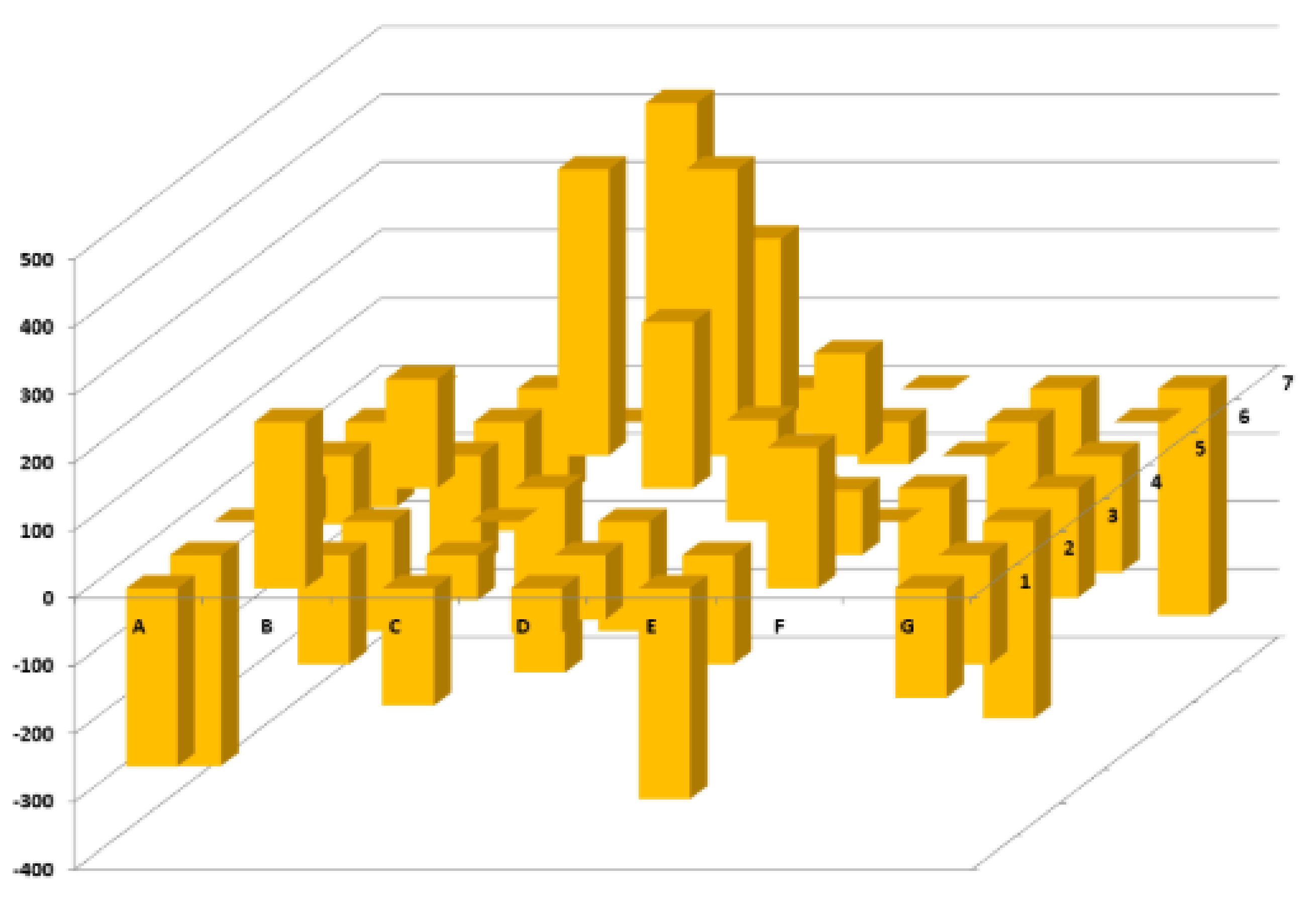

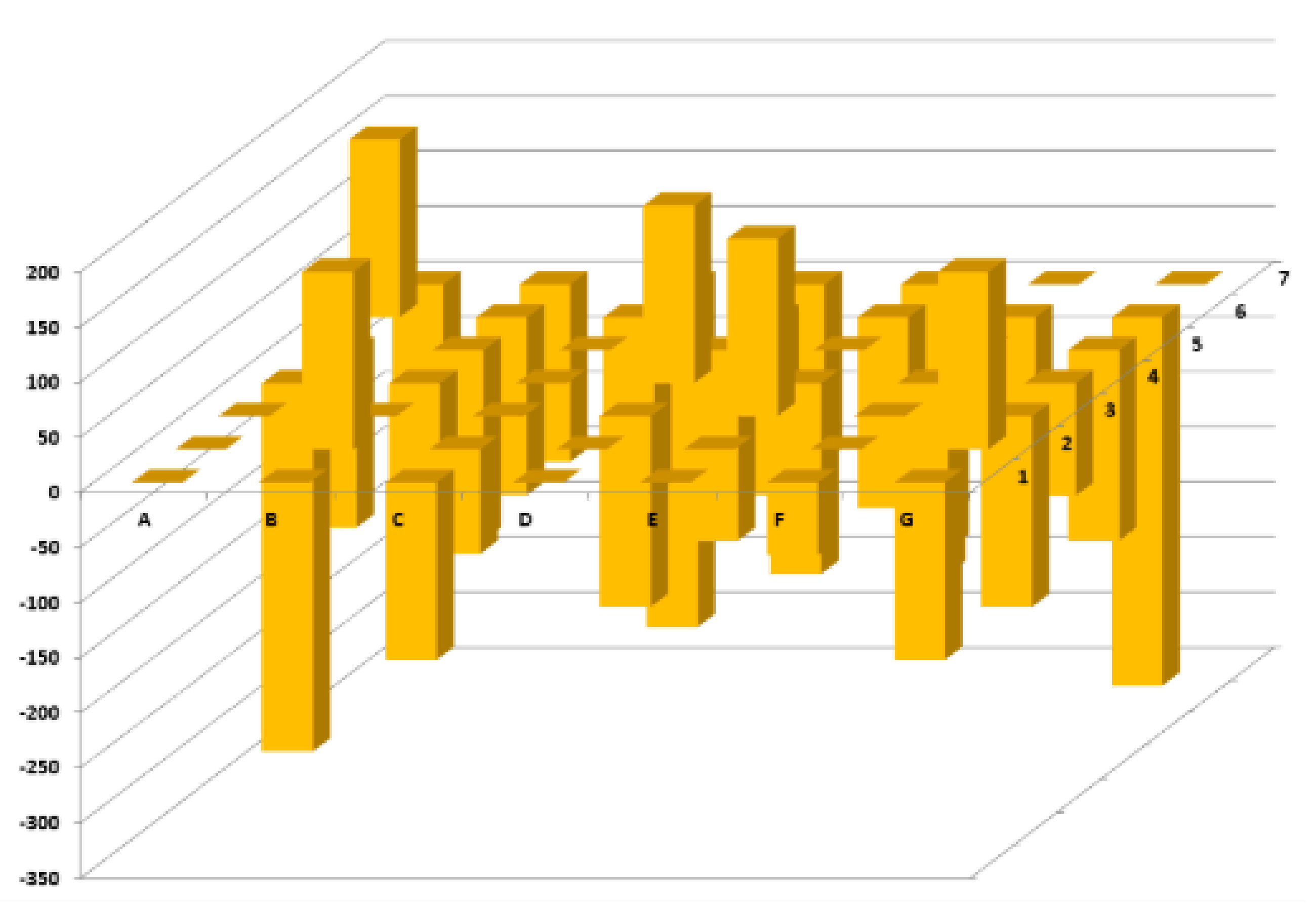
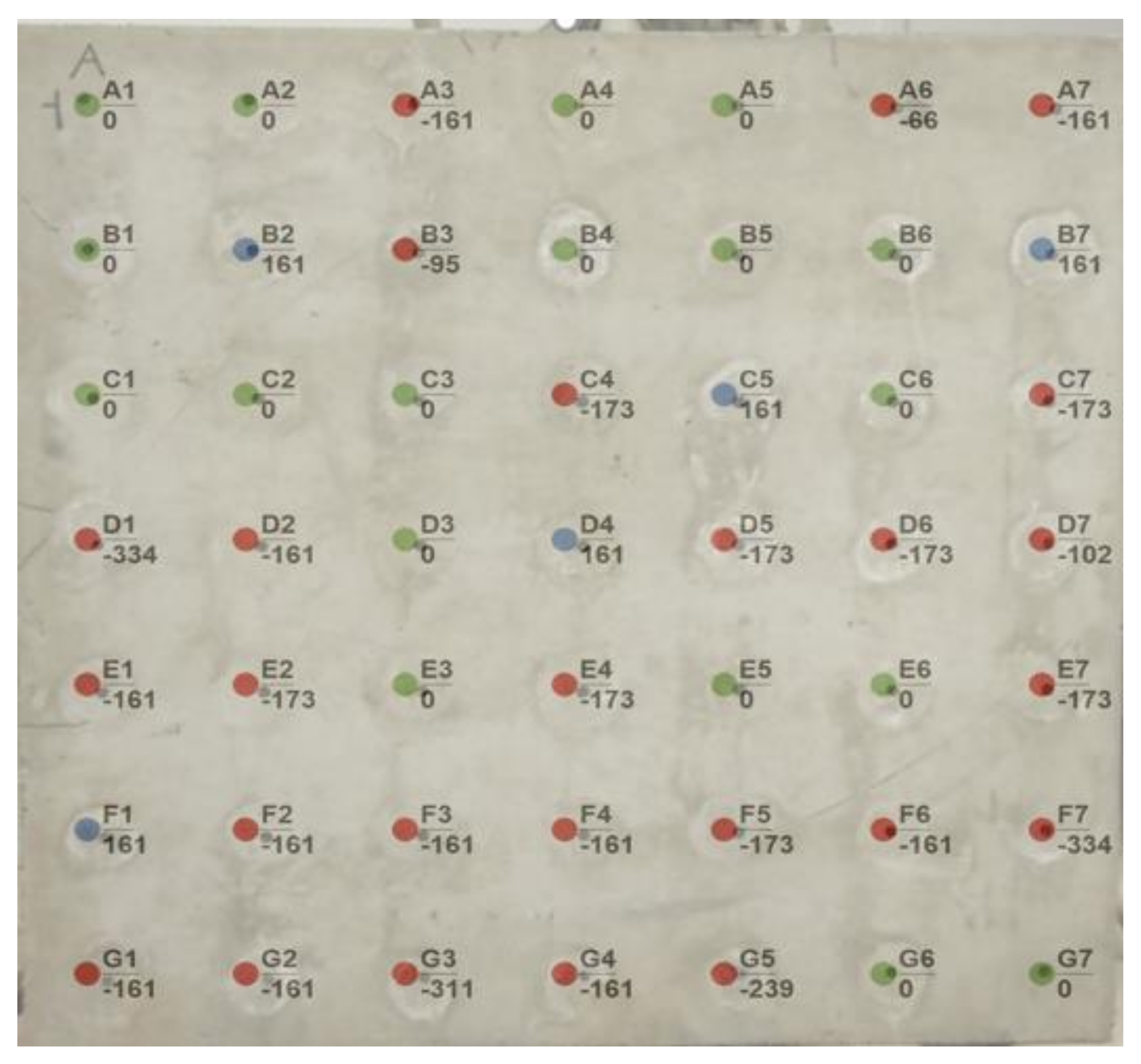
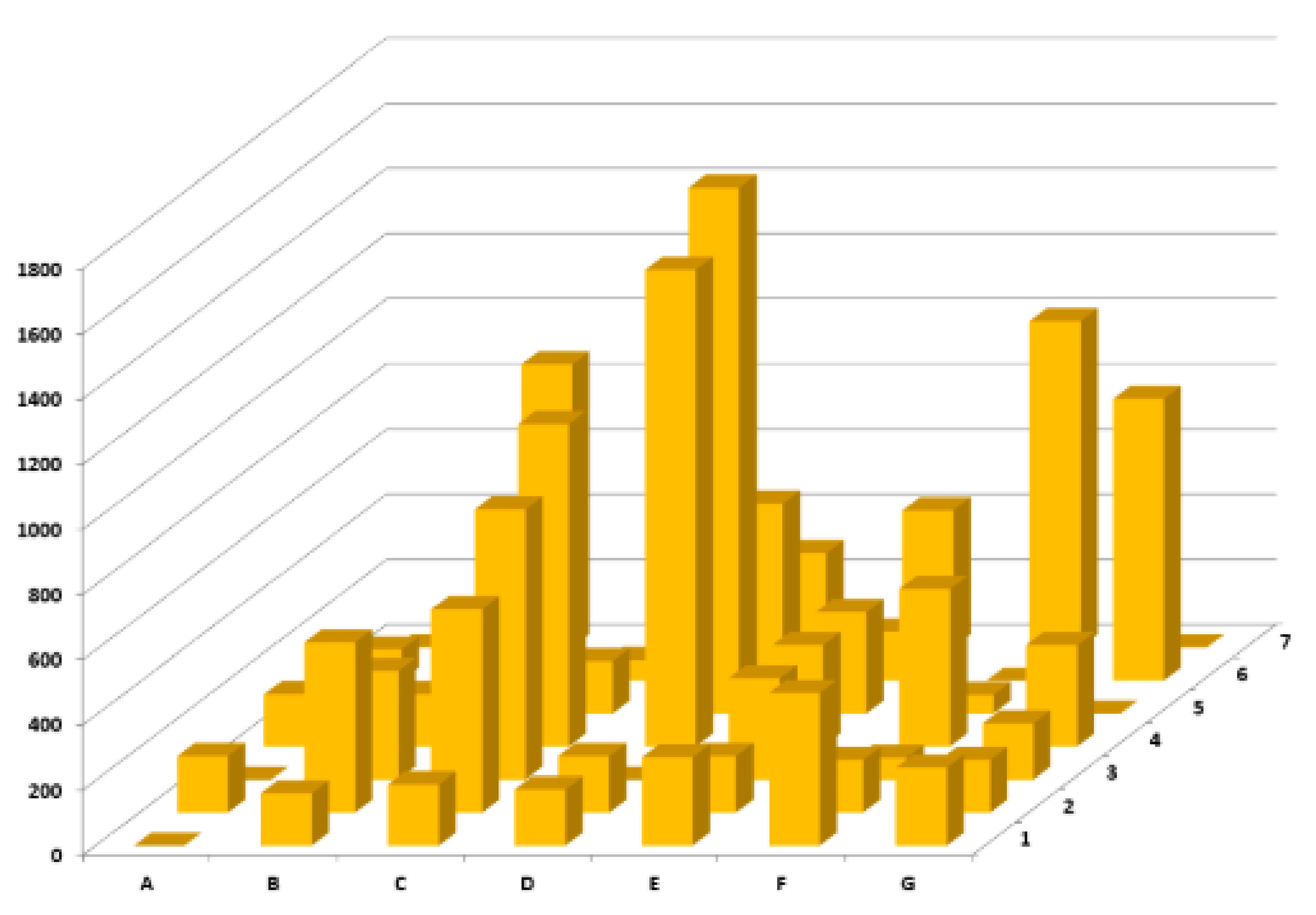

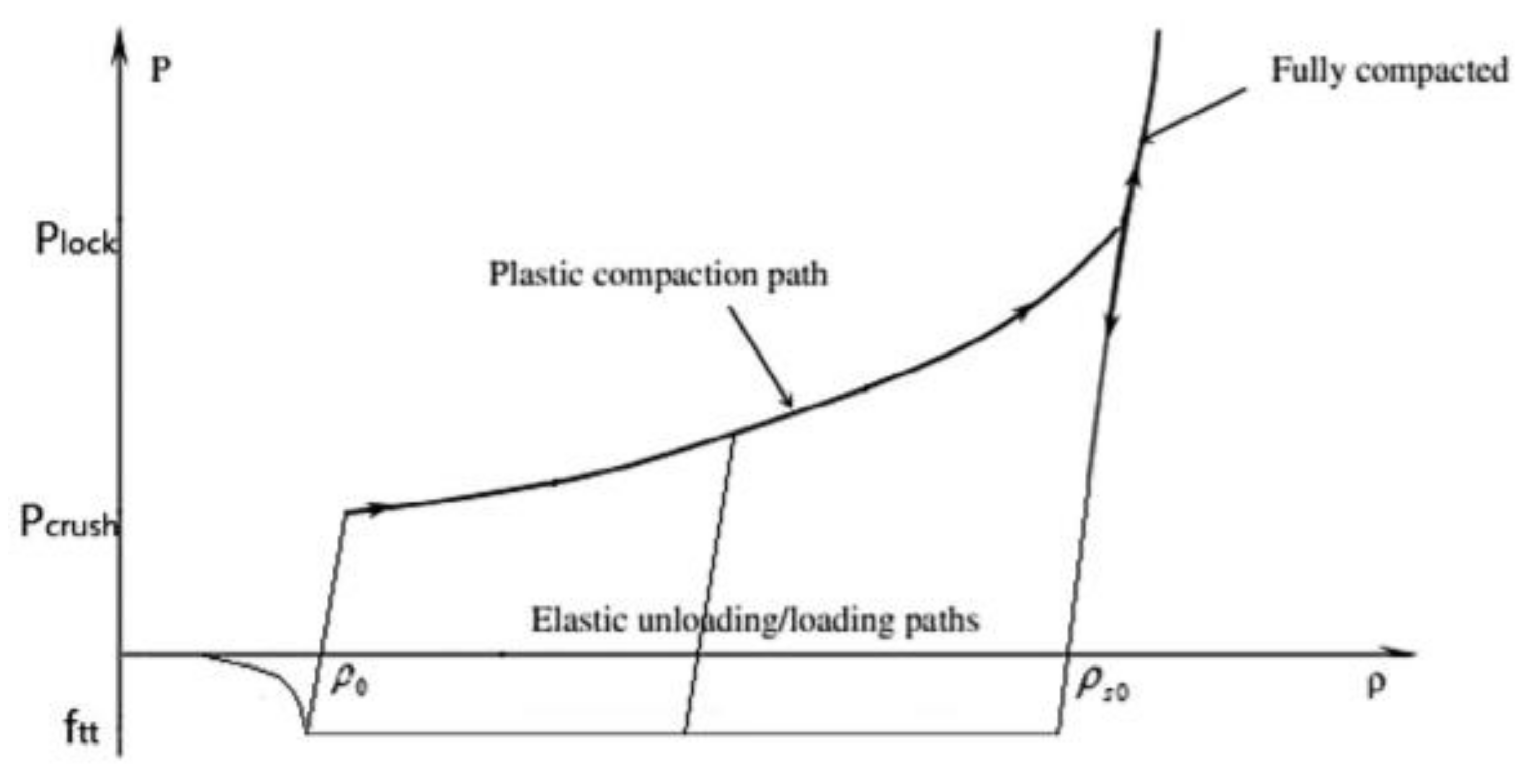
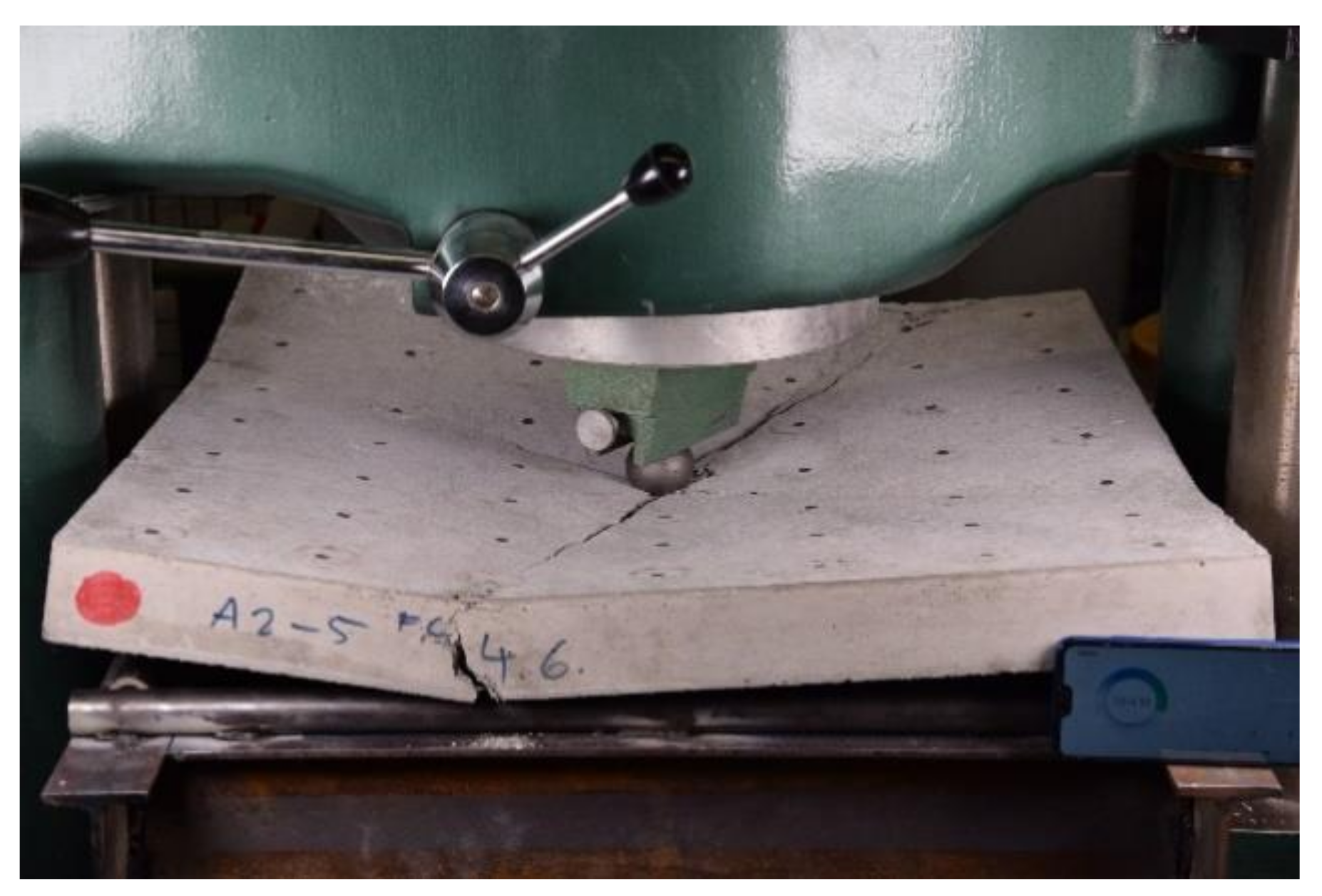
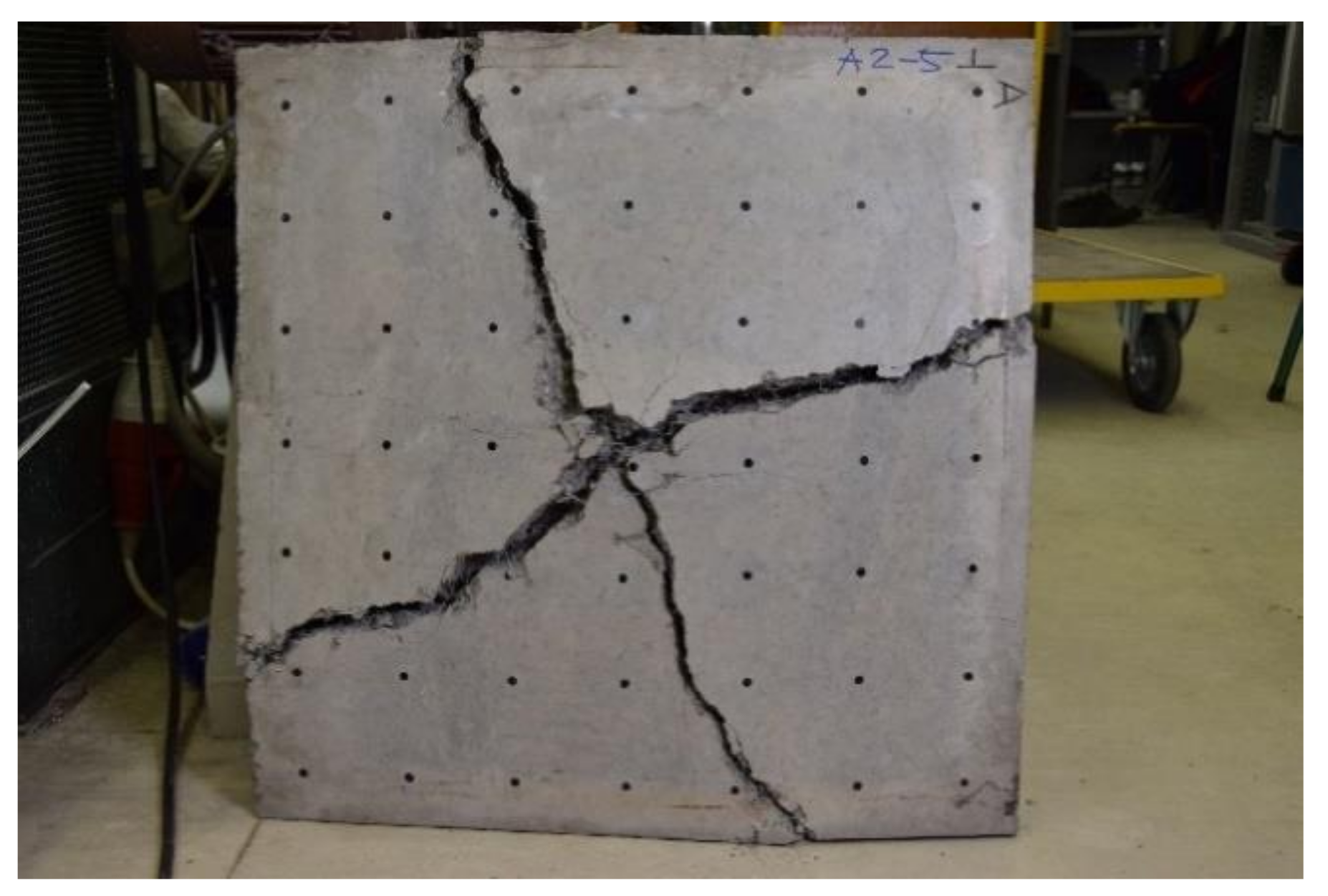


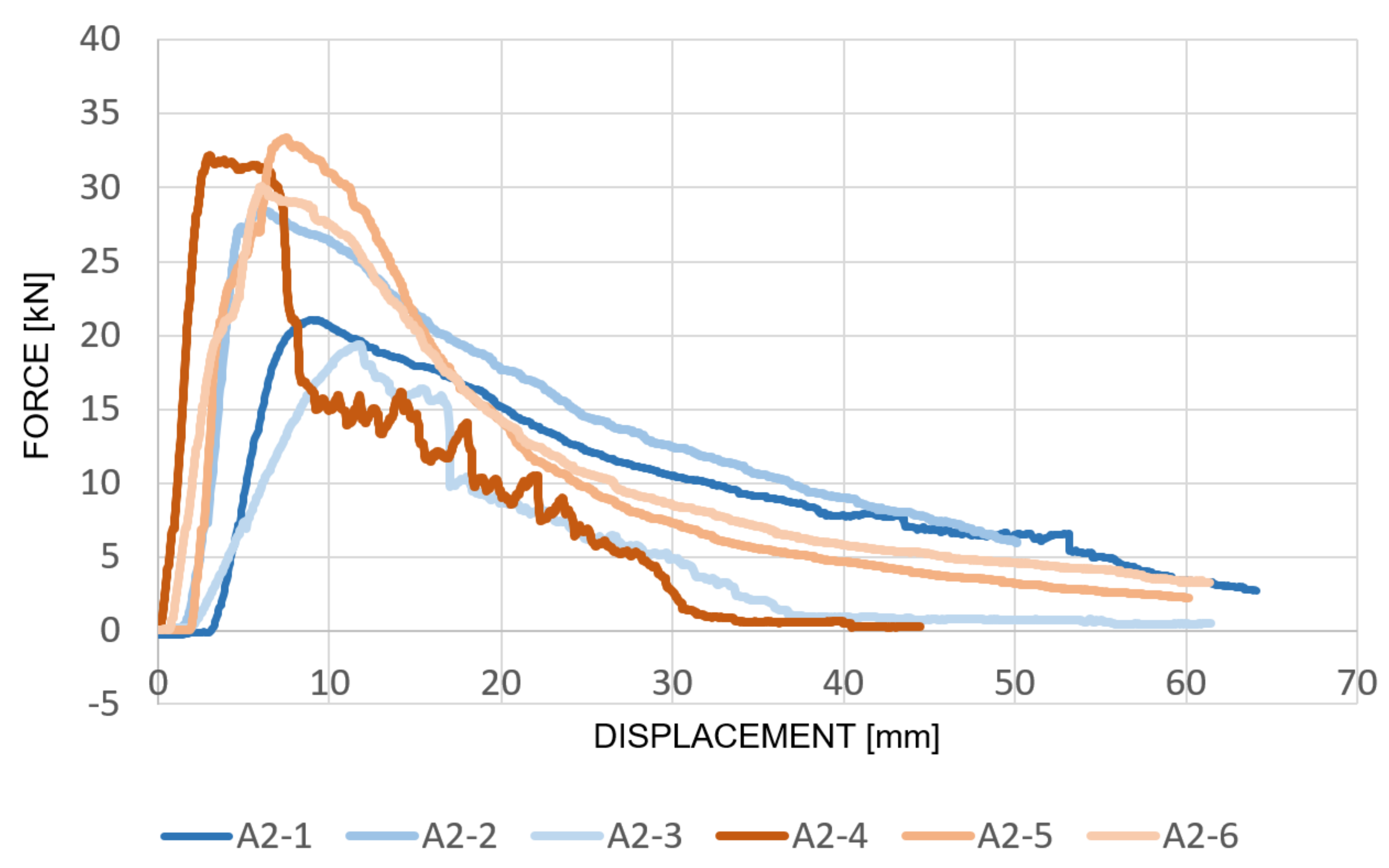
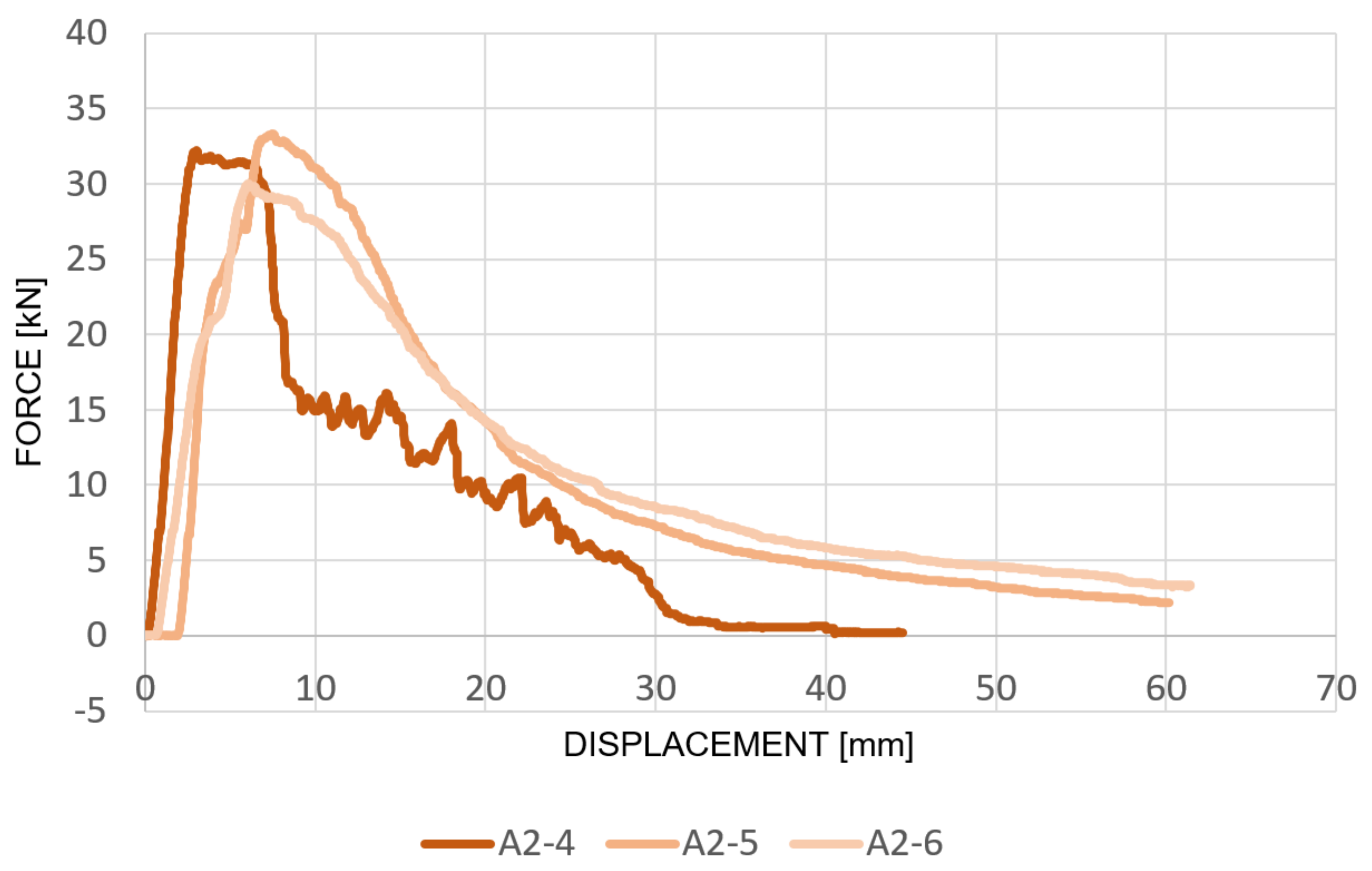
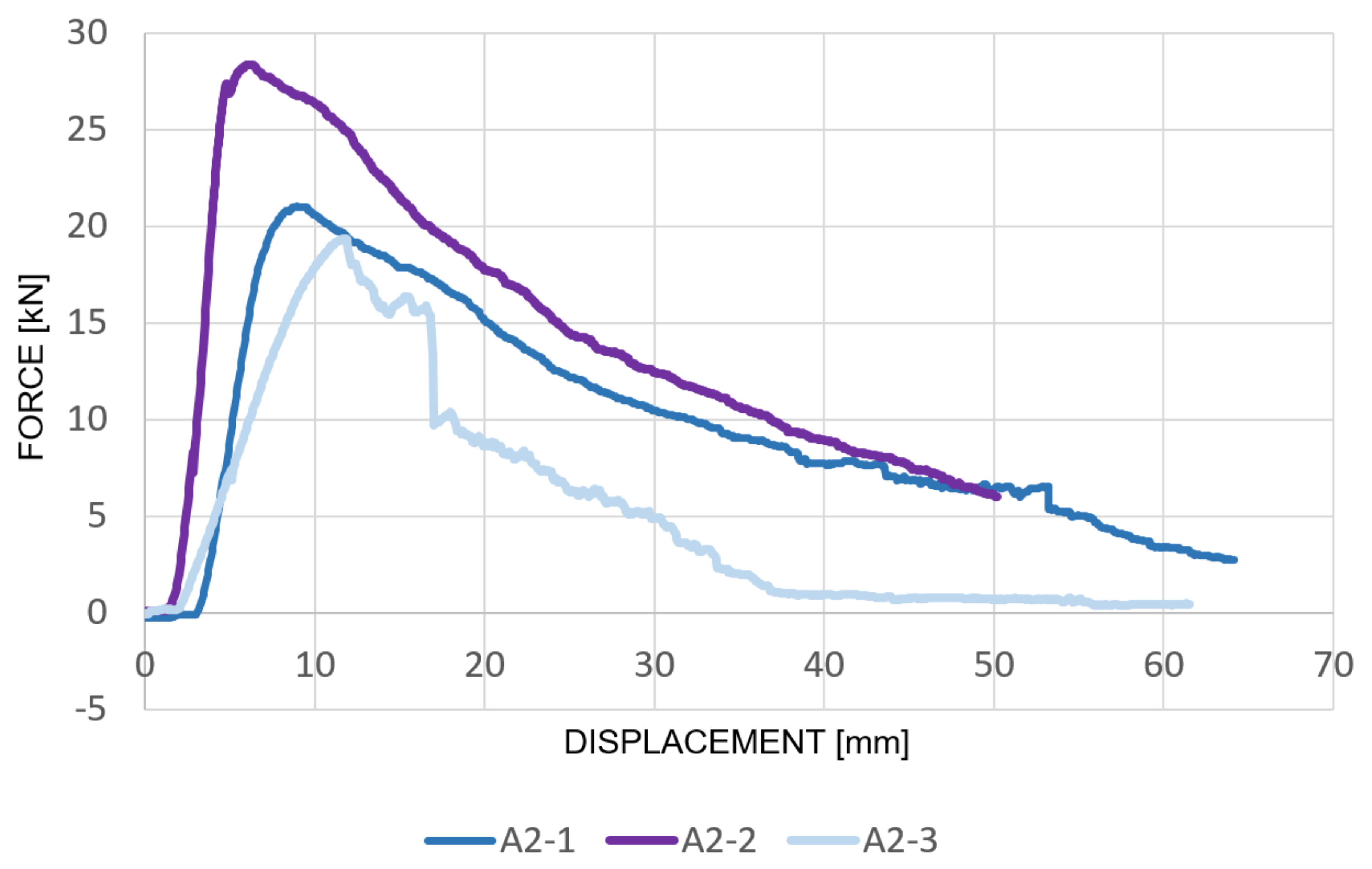
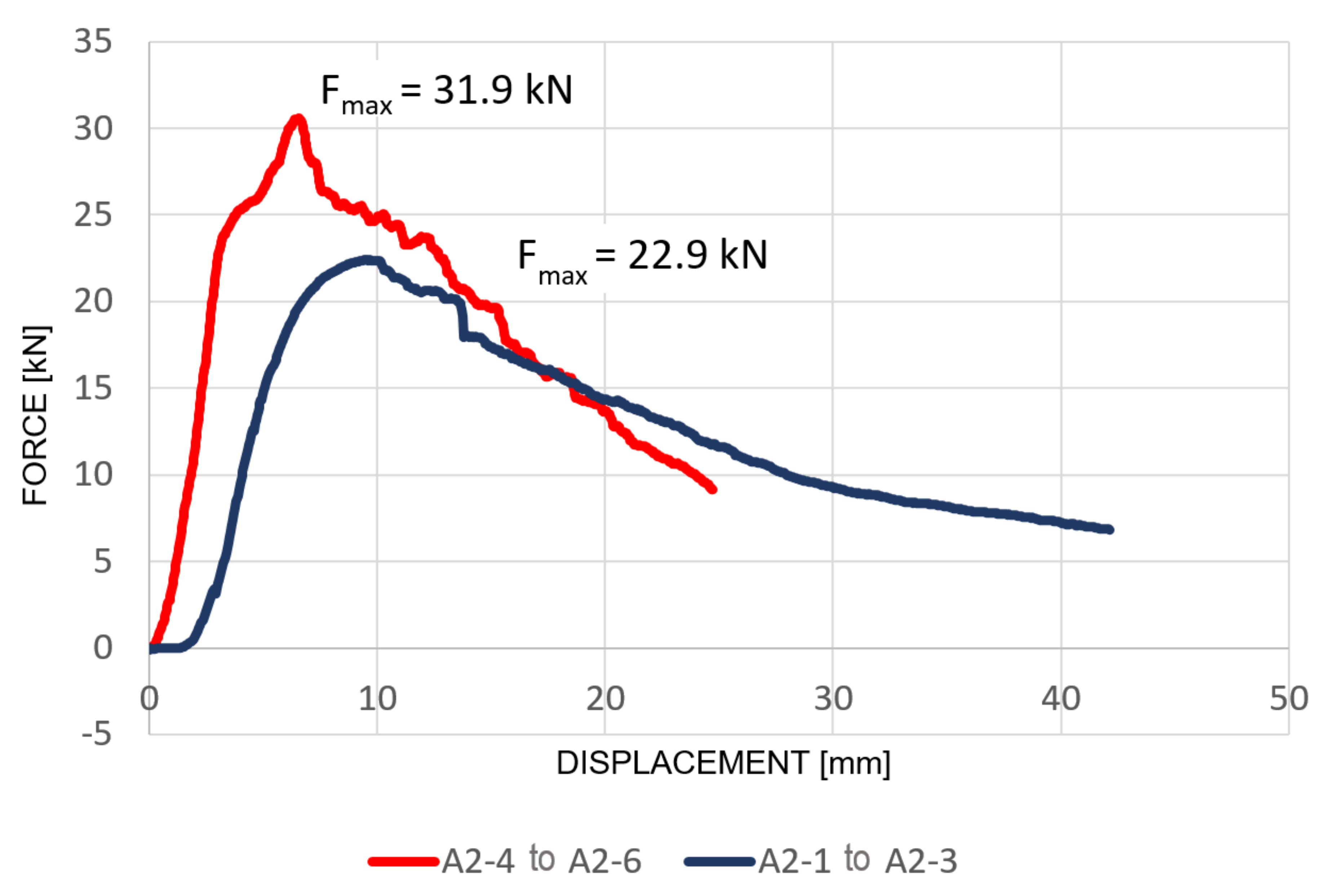
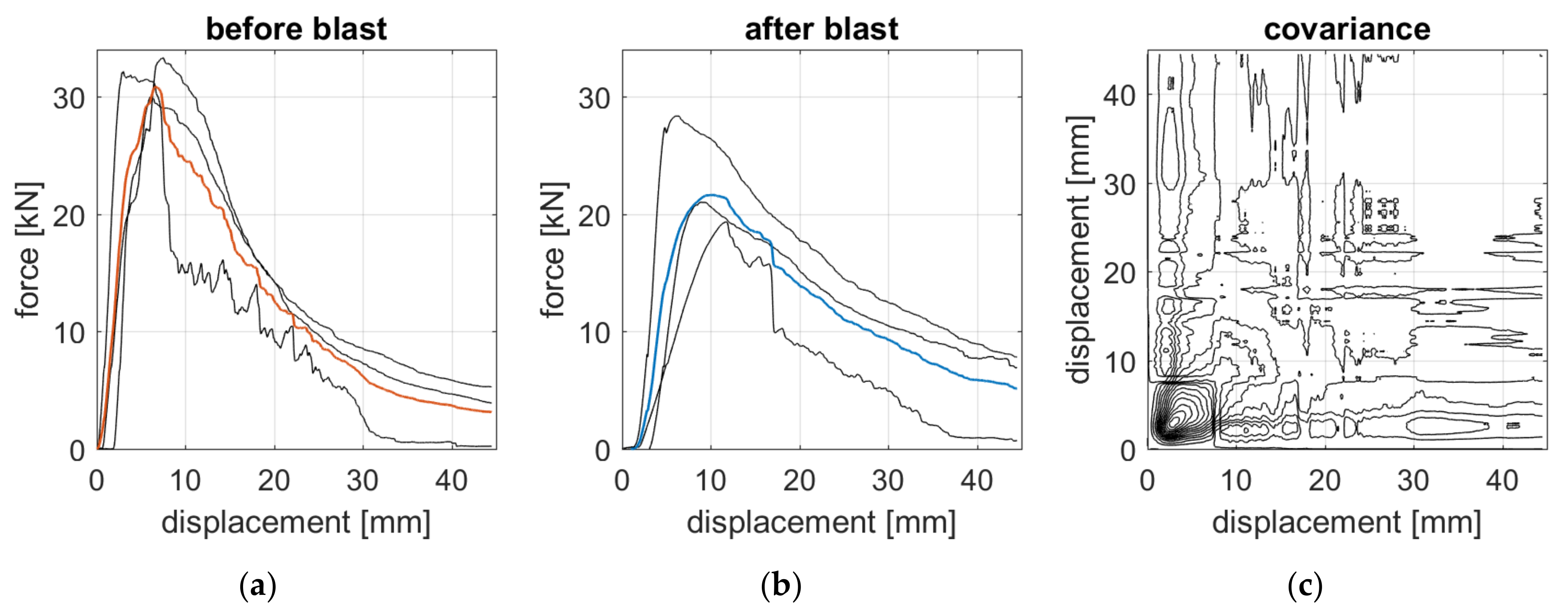
| MAT_WINFRITH_CONCRETE | |||||||
|---|---|---|---|---|---|---|---|
| mid | ro | tm | pr | ucs | uts | fe | asize |
| 1 | 2.37 × 10−6 | 40 | 0.2 | 0.069 | 0.0059 | 0.0005 | 5 |
| e | ys | eh | uelong | rate | conm | conl | cont |
| 0.00 | 0.00 | 0.00 | 0.00 | 0.0 | −5 | 0.0 | 0.0 |
| MAT_PLSTIC_KINEMATIC | ||||||||||
|---|---|---|---|---|---|---|---|---|---|---|
| mid | ro | e | pr | sigy | etan | beta | src | srp | fs | vp |
| 3 | 7.86 × 10−6 | 203.0 | 0.3 | 0.95 | 3.0 | 0.0 | 0.0 | 0.0 | 0.45 | 0.0 |
| Batch | Material | Mass of Explosive [g] |
|---|---|---|
| A2 | SFRC | 450 |
| Batch Material | Specimen | Mass of Explosive [g] | Radiography | Ultrasound Measurement | Laboratory Testing 1 |
|---|---|---|---|---|---|
| A2 SFRC | A2_1 | 475 | Yes | Before and after blast | After blast |
| A2_2 | 350 | Yes | Before and after blast | After blast | |
| A2_3 | 600 | Yes | Before and after blast | After blast | |
| A2_4 | – | No | 28 days after production | 28 days after production | |
| A2_5 | – | No | 28 days after production | 28 days after production | |
| A2_6 | – | No | 28 days after production | 28 days after production |
| Batch Material | Specimen | Mass of Explosive [g] |
|---|---|---|
| A2 SFRC | A2_1 | 475 |
| A2_2 | 350 | |
| A2_3 | 600 |
Publisher’s Note: MDPI stays neutral with regard to jurisdictional claims in published maps and institutional affiliations. |
© 2021 by the authors. Licensee MDPI, Basel, Switzerland. This article is an open access article distributed under the terms and conditions of the Creative Commons Attribution (CC BY) license (https://creativecommons.org/licenses/by/4.0/).
Share and Cite
Zezulová, E.; Hasilová, K.; Dvořák, P.; Dubec, B.; Komárková, T.; Štoller, J. Experimental Campaign to Verify the Suitability of Ultrasound Testing Method for Steel Fiber Reinforced Concrete Fortification Structures. Appl. Sci. 2021, 11, 8759. https://doi.org/10.3390/app11188759
Zezulová E, Hasilová K, Dvořák P, Dubec B, Komárková T, Štoller J. Experimental Campaign to Verify the Suitability of Ultrasound Testing Method for Steel Fiber Reinforced Concrete Fortification Structures. Applied Sciences. 2021; 11(18):8759. https://doi.org/10.3390/app11188759
Chicago/Turabian StyleZezulová, Eva, Kamila Hasilová, Petr Dvořák, Branislav Dubec, Tereza Komárková, and Jiří Štoller. 2021. "Experimental Campaign to Verify the Suitability of Ultrasound Testing Method for Steel Fiber Reinforced Concrete Fortification Structures" Applied Sciences 11, no. 18: 8759. https://doi.org/10.3390/app11188759
APA StyleZezulová, E., Hasilová, K., Dvořák, P., Dubec, B., Komárková, T., & Štoller, J. (2021). Experimental Campaign to Verify the Suitability of Ultrasound Testing Method for Steel Fiber Reinforced Concrete Fortification Structures. Applied Sciences, 11(18), 8759. https://doi.org/10.3390/app11188759







